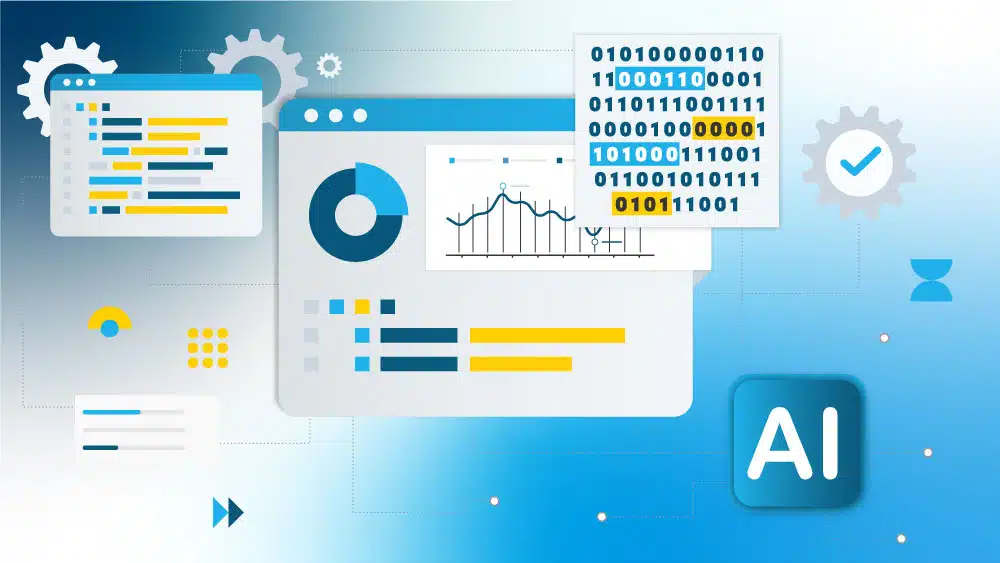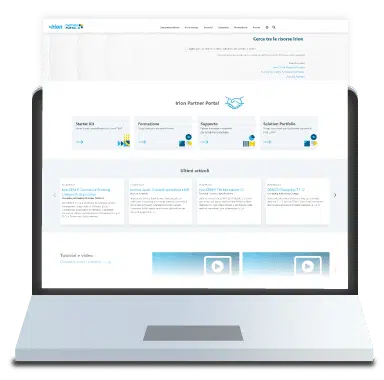Data Governance by Design is the way of managing and maintaining a company’s applications and processes that guarantees overseeing the involved data throughout their entire life cycle, from requirements definition to execution management.
But first things first, so let us start with Data Governance.
It aims at ensuring authority and control in data asset management. In effect, it means establishing the ways a data pipeline operates and defining technical and business characteristics of the managed data. It is necessary to set the data semantics, the relationships between the data and their elaboration processes, as well as the functions in this or that way involved in their management. What we mean are thus Data Catalog, Business Glossary, Data Lineage, ownership. All these phenomena can be conveniently represented with a structured metadata model.
Data Quality: from semantics to ownership
If the represented object – a data field, a process, a data pipeline – is already present in the organization, it is necessary to reconstruct the metadata that describe the related governance characteristics. Often active intervention is needed to boost, for example, the determination of ownerships, definitions, quality supervision. In fact, Data Quality is one of the aspects that most often require intervention to reinforce control systems and revision of the operating modes. This occurs not only in terms of verification, but also of elaboration and accountability of control, execution and remediation processes.
Modern technologies allow to facilitate the process of reconstruction and reinforcement. However, in many cases the fact that the results are complete and maintained presents disadvantages. This has to do not only with the power of metadata capture tools, but also and above all with the technologies and the ways applications and processes included in the governance perimeter are implemented and deployed.
Data Governance by Design aims at overcoming these gaps for those data scopes and data-intensive processes that allow it since they are yet to be realized and implemented.
Data-intensive processes: the principles of Governance
Throughout the entire life cycle of a process or a software solution, it is necessary to guarantee the relevant Data Governance principles, i.e. ensure they are defined, formalized, implemented and activates. These principles are:
- semantics and ontology – what is the “official” meaning of the processed data? what are their mutual relations and relations with other entities?
- data architecture – what data in the enterprise information model relate to those managed in this process / application?
- Data Lineage – what path do the data follow along the process? What are the paths of the data managed by the application?
- Data Quality – what are the quality rules that ensure that the data can be employed for various uses?
- responsibility – who are the stakeholders involved in different ways in the process, in using the application?
- orchestration – how is the process elaborated? In which processes is the application involved? Should we anticipate automated steps to be synchronized to guarantee the overall correct Data Management throughout these processes?
These perspectives, these questions are also to be considered when we govern the data involved in an existing process or application. Yet it is much simpler and more efficient to consider (and manage in a structured metadata model) these aspects “by design” in the implementation phase. And, if needed, also “by default” throughout the entire life cycle.
What are the application modes and benefits of Data Governance by Design?
The by design paradigm has a practical application in all phases of a data-intensive solution life cycle.
- Starting from the analysis sessions where the requirements are gathered through interviews, examining the existing documentation, or other input (often not available in structured form), the features of the expected solution come into shape considering the governance perspectives mentioned above. The metadata model with these features recorded can be used as a check list. That is, it ensures the availability and the orderly management of all the elements useful for complete and accurate description of the expected solution, as well as its “native” collocation in the global vision of the business processes and systems.
- During the solution implementation phase, these metadata are enriched, refined, calibrated considering also technical aspects (constraints, opportunities). In metadata-based Enterprise Data Management platforms, the metadata that describe the requirements are linked to the “active” ones that drive the Data Management (Data Quality, Data Integration, Preparation, Analytics, Delivery, etc.) engines. They represent seamlessly the relation between Business Glossary and Data Dictionary, between the process elaboration and the workflow that manages it, and, above all, between the description of the solution’s features and its actual behavior.
- During the maintenance phase, every action aimed at correction or evolution should be taken only after considering the possible changes to the metadata that describe the requirements and specifications. A preliminary examination of these metadata allows you to have an exact picture of the possible impacts of an intervention, both technical and business ones, and thus search for the most convenient option.
Irion EDM: the platform for Data Governance by Design and more.
Irion EDM is a completely metadata driven Enterprise Data Management system.
Metadata play a fundamental role in Data Management solutions built with Irion:
- they describe the technical and business characteristics of data and their relationships with other entities (IT assets, business units, processes, rules, and others);
- they are flexible, i.e. they can adapt to represent the entities, events and phenomena relevant for a particular company;
- they are dynamic, i.e. they can vary over time adapting to changes in business and application scopes;
- some of them are actuating, i.e. they drive the platform’s Data Management engines (connection to sources, Data Integration, control rules application, data enrichment, Data Classification, analytics, orchestration, etc.);
- they are integrable, i.e. business, technical, actuating metadata can be related to each other and represented and explored in one model. Such a model supports the work of all roles engaged in business data management, such as data engineers, business analysts, data owners, data scientists.
Thanks to these features, combined with a complete and evolved functionality, with specific components for AI/ML application and with the innovative Declarative paradigm, Irion EDM can support the most innovative models of data asset management and governance. These include Data Fabric, Data Governance by Design, Augmented Data Management, Service Oriented Data Governance.
Want to know more?
We will provide you with illustrative examples of how other organizations have already started their transformation.















